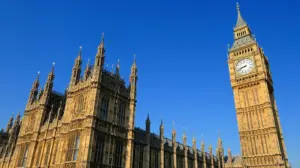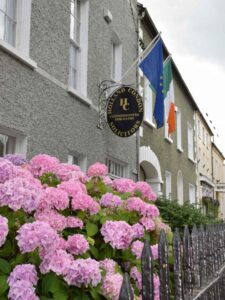There is a new Revenue procedure for a vendor to obtain a Local Property Tax (LPT) Property ID number for derelict/uninhabitable property.
A derelict/uninhabitable property falls outside the charge to LPT and thus in most cases will not have an LPT Property ID number, which is required in order to stamp the deed of assurance of such a property at the residential rate of stamp duty.
Residential property for stamp duty purposes means:
- a building or part of a building which, at the date of the conveyance or lease:
- was used or was suitable for use as a dwelling;
- was in the course of being contructed or adapted for use as a dwelling; or
- had been contructed or adapted for use as a dwelling and had not since such contruction or adaptation been adapted for any other use – this would include, for example, a derelict house; and
- the curtilage (i.e. the normal domestic out-houses, yard, garden, etc.) of the residential property up to an area (exclusive of the site of the residential property) of one acre.
The definition of “residential property” is also linked to the operation of the rating system so that a building which was originally built for non-residential use – such as a schoolhouse, garda station, church, shop, post office, or a barn – and which is being purchased, for example, for restoration as a dwelling will not be regarded as residential property in circumstances where the property was rated as a non-residential building in the calendar year prior to the purchase.
In the event that the building you are purchasing is mixed use – for example, living quarters over a shop – then the shop (excluding the living quarters) will not be regarded as residential property in circumstances where the building was rated as a mixed property in the calendar year prior to the purchase.
If you are purchasing a building which was originally built for non-residential use (or part of which was originally built for non-residential use), please contact the local authority concerned to establish how the building was rated in the previous calendar year. If the whole of it (or part of it) was rated as a non-residential building, then the whole (or part) is non-residential property for stamp duty purposes.
For LPT purposes, residential property means any building or structure (or part of a building) which is used as, or is suitable for use as, a dwelling and includes any shed, outhouse, garage or other building or structure and includes grounds of up to 0.4047 hectares (equivalent to one acre). There are no LPT obligations arising from a transfer of property that comprises curtilage only.




